The Scientist
-
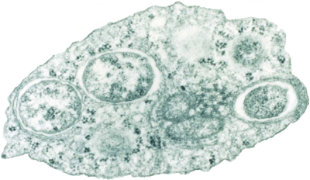
Communicating Across Kingdoms?
Researchers pinpoint microRNAs that could play a role in how Wolbachia bacteria manipulate their arthropod hosts.
-
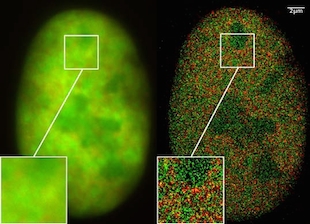
Seeing Inside Cells
Several teams reported on insights gleaned from live-cell images obtained through the use of super-resolution microscopy at this week’s American Society for Cell Biology (ASCB) annual meeting held in Philadelphia.
-
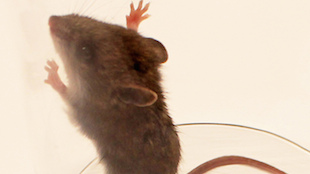
Upside of Early-Life Stress?
Mice raised under stressful conditions are more adaptable as adults—and may pass this trait on to their pups.
-
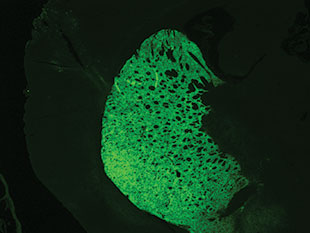
Mixed Signals
Individual neurons in the dorsomedial striatum integrate responses to sight and touch.
-
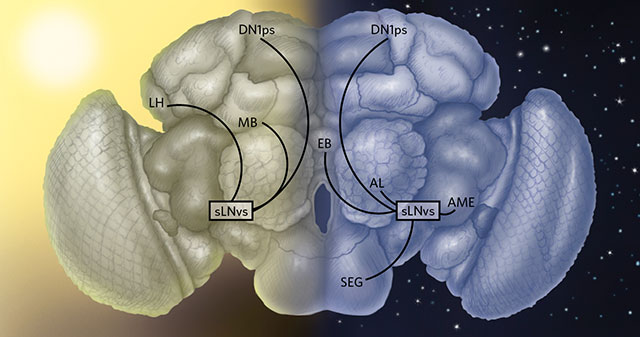
Rhythmic Rewiring
Circadian neurons in fruit flies form synapses with different, noncircadian brain regions depending on the time of day.
-
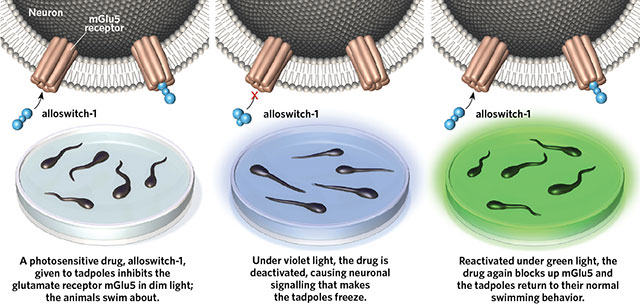
Light-Operated Drugs
Scientists create a photosensitive pharmaceutical to target a glutamate receptor.
-

Turning Back the Brain’s Clock
The brain’s ability to make new neural connections can be restored in mice by blocking a protein that normally acts as a natural brake on neuroplasticity.
-

Myelin’s Role in Motor Learning
The production of new myelin in the brain—a function of non-neuronal glial cells—may be necessary for motor learning, a mouse study shows.

